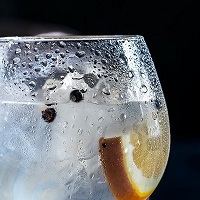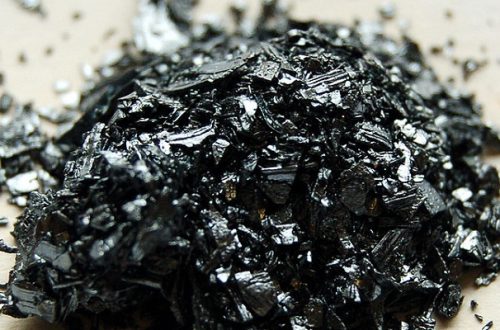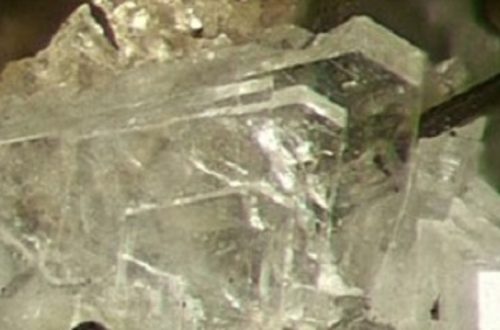
QUININE
QUININE FOR HEART AND BLOOD HEALTH
PROPERTIES
Anti-bacterial, Anti-carcinogenic, Anti-parasitic, Anti-protozoal, Anti-viral, Astringent, Cardiotonic, Digestive aid
GOOD FOR
Appetite, Arrhythmias, Blood vessel health, Digestion, Hair, Fever, Malaria, Mouth and Throat diseases, Muscle cramps, Parasites, Spike protein, Ulcers
RELEVANCE TO COVID AND THE SHOT
Good for cardiovascular issues & blood vessel health
ABOUT
Quinine is a naturally occurring plant alkaloid, produced in plants such as the Cinchona species of tree which is native to South America. [122] When the outer layer of bark is peeled off the tree, a red bitter liquid seeps out, which is about 5% Quinine. This liquid is so bitter than many people vomit or become nauseous after ingesting it – even after encapsulation! [125]
Historically the bark of the Cinchona tree was used to kill off Malaria parasites, for hundreds of year before Quinine itself was isolated in 1820. It was synthesized in 1944, [122] however Malaria became immune to synthetic Quinine. Scientists then came up with Chloroquine (CQ), and later Hydroxychloroquine (HCQ) [120] to combat the parasite, but the natural bark is being revisited thanks to its continued effectiveness, and lower toxicity. [122] Another compound called Quinidine, produced by the Quinine in Cinchona, has positive effects on cardiovascular issues. It has not been synthesized, so again the natural bark is still in demand. [122]
As a drink Quinine was sweetened and produced as tonic water in the 1850s, and as you would know is still a popular drink to this day. While medicinal use of Quinine in banned due to toxicity, it is still approved for use as a flavor additive in beverages by the FDA, at a fraction of the medicinal dose. [123]
Tonic water has very low levels of Quinine so toxicity levels and even supplemental levels would be insignificant.
As an anti-viral against Covid, Quinine showed more promise than Chloroquine or Hydroxychloroquine in blocking the ‘virus’ due to its reduced toxicity, [124] and it has been mentioned in various protocols to protect against Covid and more importantly the Shot.
HOW TO USE
As a supplement Quinine has been banned by the FDA due to toxicity issues. I found one product on I-herb that contains Cinchona as a homeopathic remedy only, which you can find in the Source section below.
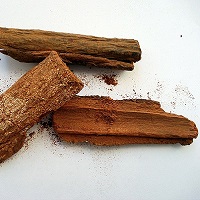
If you do happen to find Cinchona supplements or bark, or decide to make your own tea, the following doses have been recommended. Strengths may vary of course depending on the source so please do your research, start with minimal doses and be very mindful of any undesirable affects you may experience.
- Capsules – 2gm x @ daily
- Tincture – 1-2ml X 2 daily
- Tea – 1/2 – 1 cup X 3 daily (see instructions below)
To make tea, put 1-2gm ground or chopped natural Cinchona bark in a cup of boiling water, steep for 10 minutes and strain. Drink 30 min before meals as a tonic or after meals for digestive issues. This will give you approx. 100mg of alkaloids including Quinine. [122]
ALERT

- Pure Quinine can be toxic and even fatal in amounts of only 2-8gm, so unlike other nutrients that can be taken as a daily tonic, Quinine should only be used as needed.
- If Quinine gets into the brain it can cause severe damage, so DO NOT use with a carrier such as DMSO or it will penetrate the blood brain barrier.
- In its natural bark form, it has no known toxic effects, but still proceed with caution.
- Do not use during pregnancy or breast feeding.
- Adverse reactions to Quinine include nausea, diarrhoea, vomiting, hearing and vision problems, weakness, confusion, nervousness, and blood sugar issues. [125]
- Do NOT use if you suffer from ulcers, heart conditions, myasthenia gravis, or if you are having surgery in the near future. [126]
- If you are using anti-coagulants, antidepressants, antibiotics, seizure medications or statins, avoid using quinine as they may react. [123]
SOURCE
FOOD
Cinchona bark
A natural form of Quinine which can be made into a tea as mentioned above.
Citrus
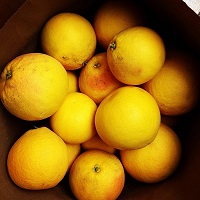
Put 6-8 grapefruit / lemon skins torn into small pieces into a pan, with enough water to cover skins. Bring to boil, simmer gently for 3 hours. Block hole in saucepan lid to keep steam in. Allow to cool naturally. When it has cooled mash the skins into liquid. Strain with muslin or similar. Bottle and keep in fridge. Drink 30-40ml daily divided into two doses. Add to water and literally sip all day as a tonic. [121]
SUPPLEMENTS
- Hyland’s, Leg Cramps, Tablets @ I-herb, USA: www.au.iherb.com
- Cinchona Bark Organic @ Newtons Pharmacy, AUS: www.shop.newtonspharmacy.com.au
- Pekana AILGENO Drops @ Yum Naturals, USA: www.yumnaturals.store
- Cinchona Bark @ Curio Spice, USA: www.curiospice.com
- Cinchona Bark Red @ Austral Herbs: www.australherbs.com.au
AFFILIATE LINKS
If you would like to purchase Glutathione while supporting my work at no extra cost, I’d be grateful if you use the links below.
Hyland’s, Leg Cramps, 50 Quick-Dissolving Tablets

Active ingredients:
Aconitum Napellus 6X HPUS, Cinchona Officinalis 3X HPUS, Gnaphalium Polycephalum 3X HPUS, Ledum Palustre 6X HPUS, Magnesia Phosphorica 6X HPUS, Rhus Toxicodendron 6X HPUS, Viscum Album 3X HPUS
Purchase here: iherb.com
VIDEOS
[120] Scharcz J, 24 April 2020, Dr. Joe Schwarcz on quinine, gin and COVID-19, Montreal Gazette @ Youtube: www.youtube.com/watch?v=6-Ex_0Rq910
[121] Staff, 8 January 2022, Homemade quinine (Hydroxychloroquine), Working to take back our freedom @ Odysee: www.odysee.com/@yellowgenius:0/Homemade-quinine-(Hydroxychloroquine):0
INFOGRAPHIC
Please enjoy this free Infographic for your reference and to share amongst your friends and networks.
Click the image to open in new window, then right-click and press ‘save as’ to download as a jpeg file. Then share away!
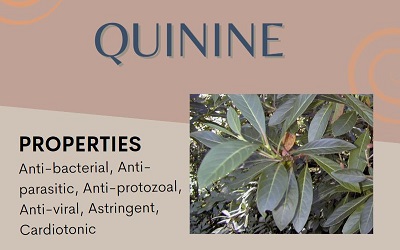
REFERENCES
WHERE TO NEXT?


